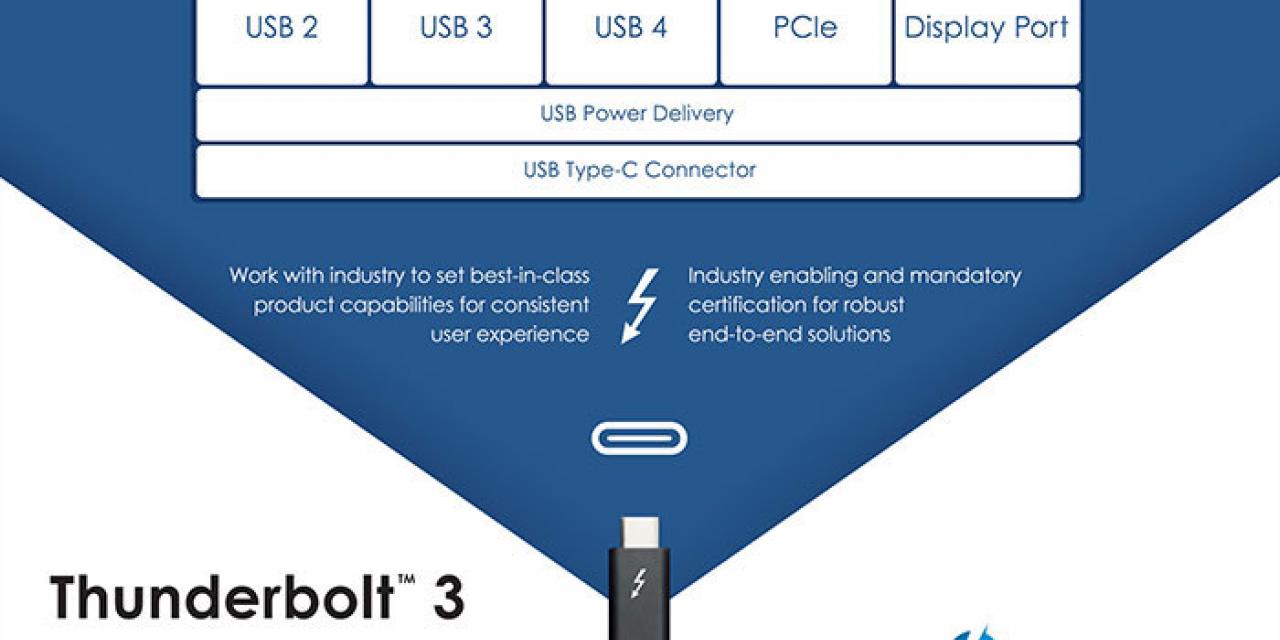
Thunderbolt 3 has become the big name on campus when it comes to data transfer ports. Using the USB-C form factor, it can hit transfer speeds up to 40 Gbps while providing power to the device it's attached to and can act as a display output as well. It's perfect. But the USB Interface Group isn't quit ready to cede to Intel's developments just yet. USB 4 is just around the corner and it will have all the same benefits of Thunderbolt 3. In fact, it's based on it.
The current top-tier USB standard is USB 3.2 (or USB 3.2 Gen. 2 if you want to be particularly confusing about it). It can hit data transfer speeds of 20 Gbps when in SuperSpeed mode. That's great, but it's still half that of Thunderbolt 3.
That's why USB 4 will be based on Thunderbolt 3 and will be entirely compatible with it. Any device with a Thunderbolt 3 port can use a USB 4 device in it without difficulty. USB 4 will be able to transfer at 40 Gbps too, will use the USB-C header for ease of connectivity.
Supporting Thunderbolt 3 out of the gate is a great more for the Interface Group, as it means there will be hundreds of compatible devices when USB 4 products start launching. With Intel planning to integrate Thunderbolt 4 into its upcoming Ice Lake generation of processors too, its adoption is only likely to increase further.
This is also great news for hardware developers. A company won't need to pay Intel a cent to support USB 4, which in turn will support Thunderbolt 3. Supporting Thunderbolt 3 would typically require certification, so there's a step that can be skipped there, as per Hexus.
Or it will be possible to do so when USB 4 is ratified as a standard. It's not quite there yet. So don't expect it for another year or two.







